ROSE OF THE WILD BUNCH

Another Old West outlaw is Laura Bullion. She had a bad reputation in the 1890s because she was a member of Butch Cassidy’s Wild Bunch gang. She was credited as “Rose of the Wild Bunch”. Bullion was also associated with numerous criminals, including her relationship with outlaw Ben Kilpatrick, who was a bank and train robber. In 1901, she was convicted and sent to prison for being involved in the Great Northern train robbery. In 1905, she was released and was known to have retired from robbery. She moved to Memphis, Tennessee in 1918 and supported herself as a dressmaker while using a different name.
MISS DUMONT
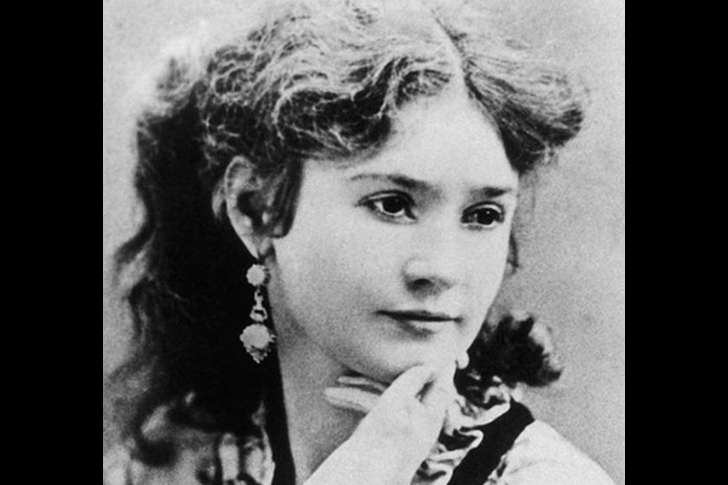
Businesswoman Eleanor Dumont was a professional gambler. In 1854, she arrived in Nevada City in California when she was just about twenty years old. Her real name was Simone Jules but had taken on the name Eleanor Dumont since the Western men were very interested in French women. Dumont opened a gambling parlor which became a success. She served as a card dealer and men went to see her. She was so accomplished to the degree that she opened another one. However, Dumont’s love for gambling eventually took its toll. In September 1879, she committed suicide due to gambling debts.
CHARLEY NEBO AND HIS FRIEND
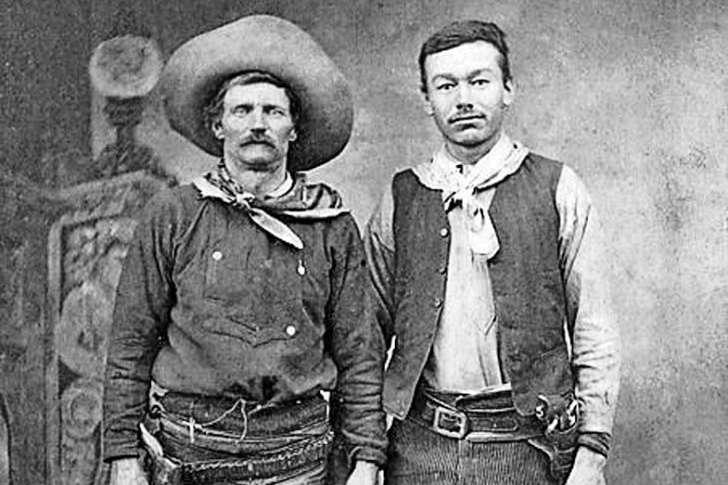
This photo depicts two men, on the left is Charley Nebo and on the right, his friend. Charley Nebo was born in 1842 and arrived in the U.S. from Canada in 1861. Nebo was a cowboy who was credited as a man of many adventures. He had contributed a lot to the Old West by fighting in wars and became part of the Texas Rangers, a group of men who protected settlers from raids by American Indians and enforced laws. After being discharged from the Union Army, he worked in a cattle business, got married, and moved to Willamette Valley, Oregon.
SIOUX GIRL
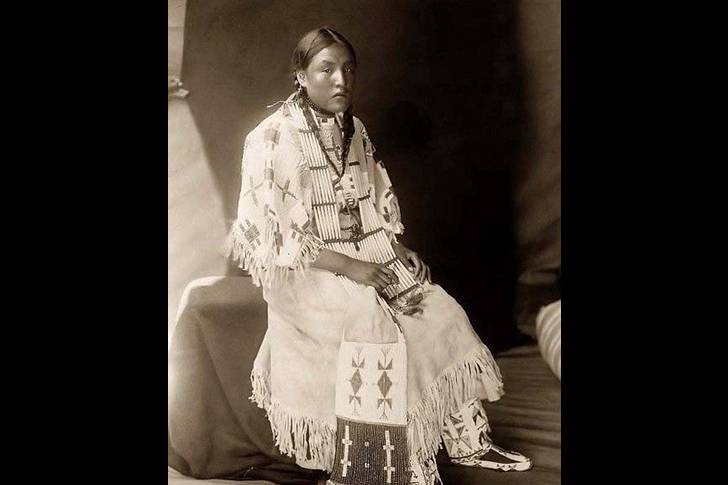
This pretty Native American woman belonged to the Sioux tribe. The name “Sioux” was derived from French and its meaning is “little snakes”. In this tribe, there were gender roles being assigned. Men were credited as the hunters and workers while the women make clothing and manage the household. However, both men and women still have the freedom to decide and agree regarding their duty preferences. In this photo, the Sioux woman wore a ceremonial dress which is usually reserved for occasions or special events. Also, Native Americans identify which tribe a person belonged to from the way he or she dresses.
THE INCREDIBLE CHARLIE
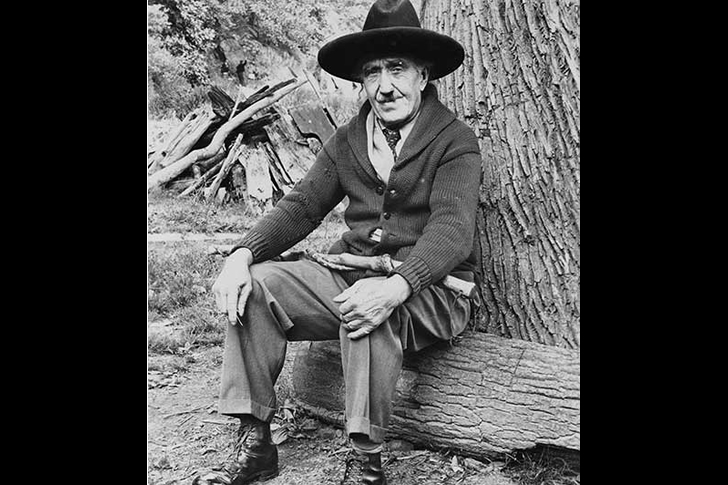
Born in 1950 and died in 1955, Charlie Miller was the last surviving Pony Express rider. Miller learned to ride a horse as a child and became the youngest Pony Express rider at 11 years old. He became part of Buffalo Bill’s Wild West show and was also credited as “Broncho Charlie” since his job was busting broncs for ranchers. Miller had a life well-lived. At age 67, he fought in World War I. At age 81, he delivered letters from New York to San Fransisco while on horseback in commemoration of Pony Express’s anniversary. The trip took 7 months, how incredible!
THE CROW PEOPLE
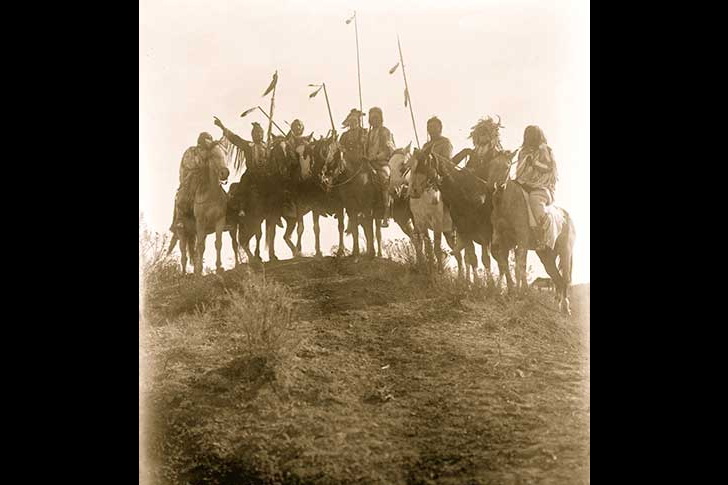
The Crow people in this photo are Native Americans living in Yellowstone River Valley which spreads to Wyoming, Montana, and Idaho. Their tribe name in their own language is Apsáalooke which means “children of the large-beaked bird”. Hence, the English term Crow. Based on records, the Crow frequently changed their territory due to disputes with other tribes such as the Sioux, Cheyennes, and Ojibwe. History shows that the Crow warriors were credited allies for the US Army and fought with them in the Great Sioux War which took place in 1876 until 1877, defeating the Sioux and Cheyenne tribes.
WHILE ON HORSEBACK
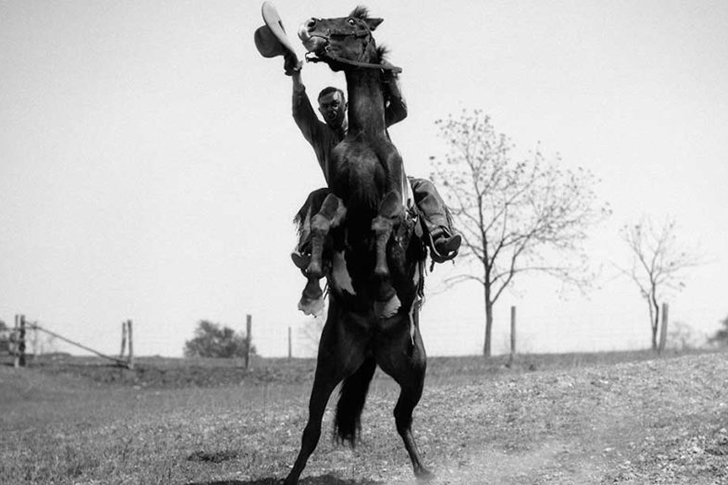
The man in the photo looks like a cowboy, rearing up his horse with a cowboy hat in his hand. Cowboys are a classic in the Wild West. They herd cattle while on horseback and manage the ranch. Ranching was a huge industry back in the Old West, and these cowboys are the ones tending everything in the ranch. There are those who participated in rodeos, which is a competitive sport that tests the skill and speed of the cowboys. The ones who handle animals professionally are called wranglers. Other names credited for cowboys are cowpokes, cowpunchers, cowhands, and buckaroos.
ROSE DUNN
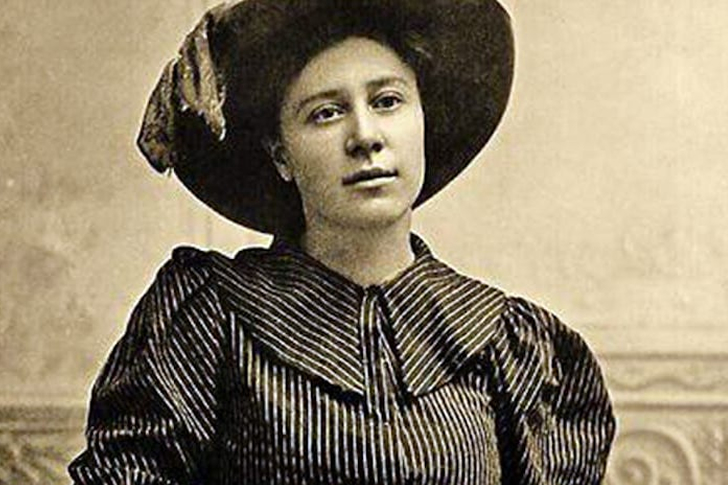
Rose Dunn grew up with her two older brothers who were minor outlaws. Her two brothers taught her to ride, rope, and shoot. When she was either 14 or 15 years old, she was romantically involved with the outlaw George “Bittercreek” Newcomb. Rose Dunn was credited as a woman of beauty and charm. However, she became an accomplice to Newcomb’s criminal activities. In 1895, there was a $5,000 bounty placed on Newcomb. He was about to visit Rose together with a fellow outlaw. But as they stood outside the Dunn house, Rose Dunn’s brothers shot and killed them and collected the bounty.
BRULÉ TRIBE
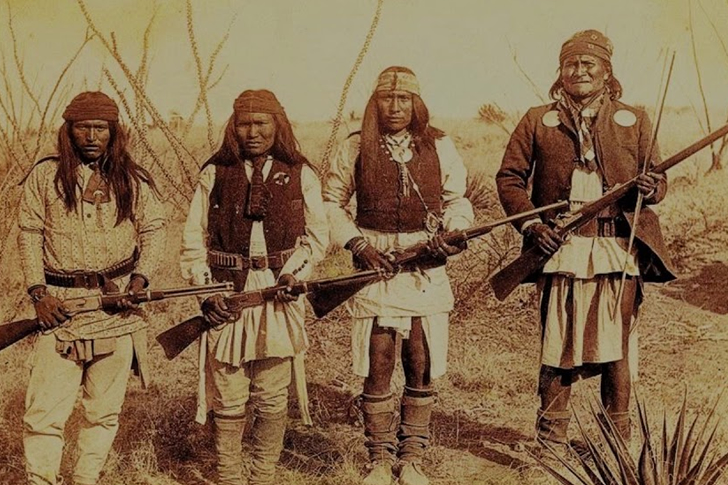
Many groups, including the Native American tribes, used horses as their primary means of travel in the Wild West. This photo shows a group of wandering Native Americans, specifically from the Brulé Sioux tribe. They are called Brulé by the French, meaning “burnt thighs”, and the Americans adopted the term. The Brulé people live in southwestern South Dakota, on the Rosebud Indian Reservation. A number of them also live on the west bank of the Missouri River in central South Dakota, and Pine Ridge Indian Reservation. The Brulé tribe is credited as good hunters of buffalos and wild horses.
VAQUERO
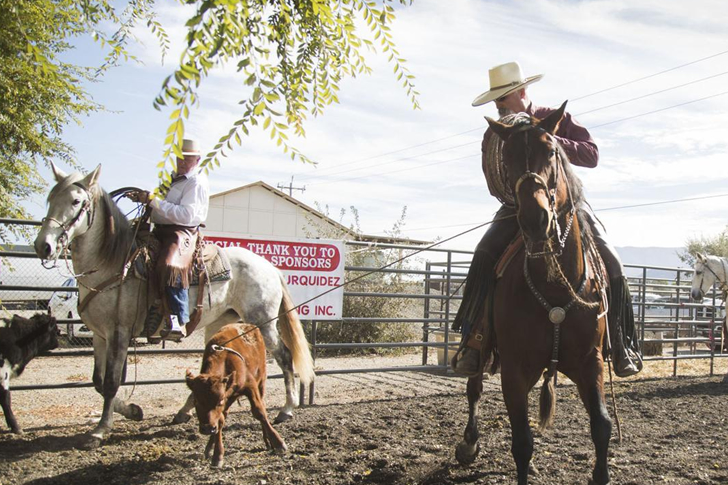
This 1890 photo depicts a Wild West cowboy wearing his signature hat with fringes on his clothes, and carrying lassos. Cowboys originated in Mexico, and the word cowboy is credited to the Spanish word “vaquero,” meaning a person who raises cattle and other livestock. During the 1800s, it was known that numerous English-speaking settlers from the eastern United States migrated to the West and adopted the cowboy culture including their clothing, equipment, and cattle-driving methods. Cowboys also helped care for horses and repaired fences and buildings. The average cowboy in the Old West earned at least $25 to $40 per month.

